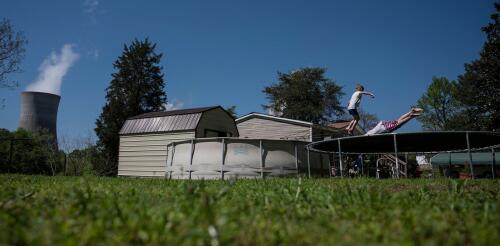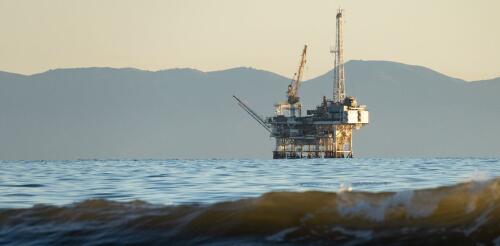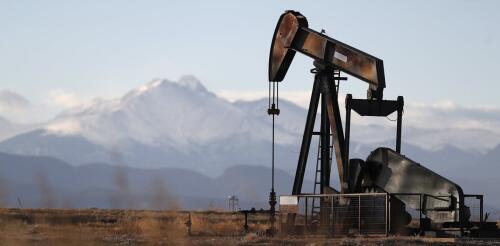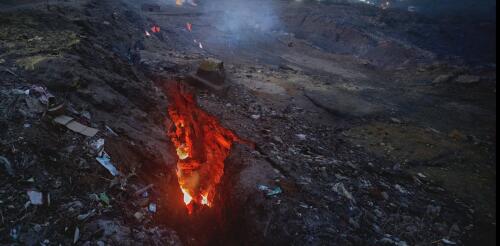Coal
Central Appalachia is home to the third-largest concentration of forest carbon offsets traded on the California carbon market. But while these projects bring new investments to Appalachia, most people in Appalachia are not benefiting. The effect of this new economic activity is evident in the Clearfork Valley, a forested region of steep hills and meandering creeks on the Kentucky-Tennessee border. Rural communities here once relied on coal mining jobs. As the mines shut down, with the last closing in 2022, the valley was left with thousands of acres of forests and strip-mined land but fewer ways to make a good living. Today, corporate landowners and investment funds have placed most of that forest land into carbon offset projects – valuing the trees for their ability to absorb carbon dioxide emissions to help protect the climate. These carbon offset projects can be lucrative for the landowner, with proceeds that can run into the millions of dollars. Companies subject...
Air pollution particles from coal-fired power plants are more harmful to human health than many experts realized, and it’s more than twice as likely to contribute to premature deaths as air pollution particles from other sources, new research demonstrates. In the study, published in the journal Science, colleagues and I mapped how U.S. coal power plant emissions traveled through the atmosphere, then linked each power plant’s emissions with death records of Americans over 65 years old on Medicare. Our results suggest that air pollutants released from coal power plants were associated with nearly half a million premature deaths of elderly Americans from 1999 to 2020. It’s a staggering number, but the study also has good news: Annual deaths associated with U.S. coal power plants have fallen sharply since the mid-2000s as federal regulations compelled operators to install emissions scrubbers and many utilities shut down coal plants entirely. In 1999, 55,000 death...
The United States is producing more oil and natural gas today than ever before, and far more than any other country. So, what roles did the Trump-Pence and Biden-Harris administrations play in this surge? The answer might surprise you, given the way each has talked publicly about fossil fuels: former President Donald Trump embracing them, and President Joe Biden and Vice President Kamala Harris focusing on reducing fossil fuel use to fight climate change. Under each of the three most recent presidencies, Republican and Democratic alike, U.S. oil and gas production was higher at the end of the administration’s term than at the beginning. That production has both pros and cons. Together, oil and gas account for nearly three-quarters of U.S. energy consumption. Producing oil and gas in the U.S. provides energy security, and high production generally keeps prices down. Burning oil and gas, however, releases carbon dioxide into the air, contributing to climate change. And nat...
On a recent visit to Rangely, a small town in northwest Colorado, my colleagues and I met with the administrators of a highly regarded community college to discuss the town’s economy. Leaving the scenic campus, we saw families driving into the mountains in off-road vehicles, a favorite activity for this outdoors-loving community. With a median household income above US$70,000 and a low cost of living, Rangely does not have the signs of a town in economic distress. But an existential risk looms over Rangely. The town is here because of an oil boom during World War II. Today, the oil and gas industry contributes over half of the county’s economic output. Rangely is not unique in the United States, which is the world’s largest producer of oil and natural gas. There are towns across the country that depend on the oil and gas industry for well-paying jobs and public revenues that fund their schools and other critical services. A heavy dependence on any single indus...
Curious Kids is a series for children of all ages. If you have a question you’d like an expert to answer, send it to curiouskidsus@theconversation.com. Why don’t rocks burn? – Luke, age 4, New Market, New Hampshire While many rocks don’t burn, some of them do. It depends on what the rocks are made of – and that’s related to how they were formed. There are three main rock types: igneous, sedimentary and metamorphic. These rocks are made of minerals that all have different characteristics. Some will melt into magma or lava – super-hot, liquid rock – when they are exposed to heat. Others will catch fire. Rocks can look alike, but one rock is not like another. Rocks that burn when they get heated up are combusting. This means that elements within the rocks are reacting with oxygen in the air to produce heat a...




